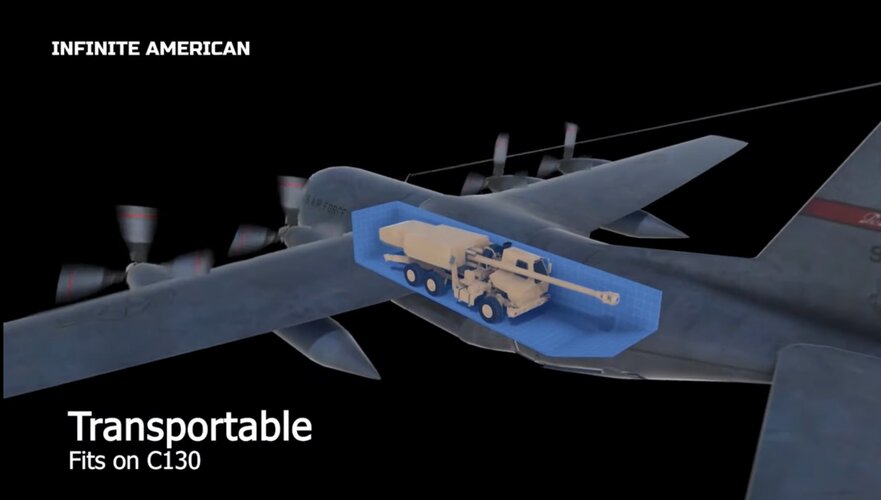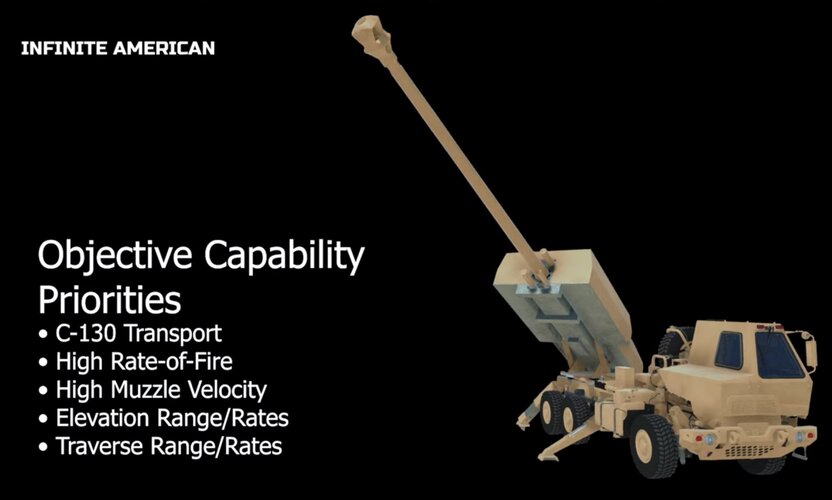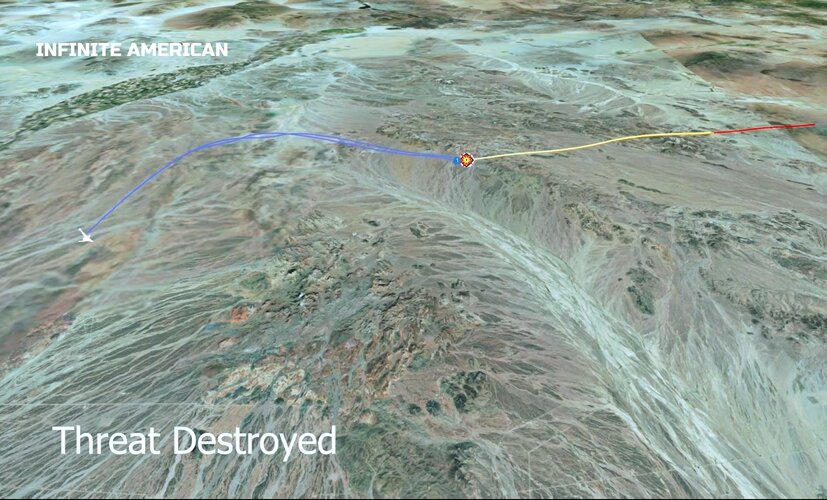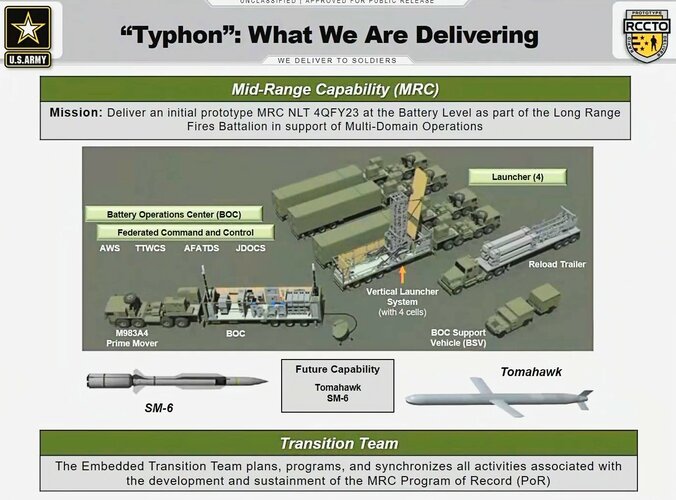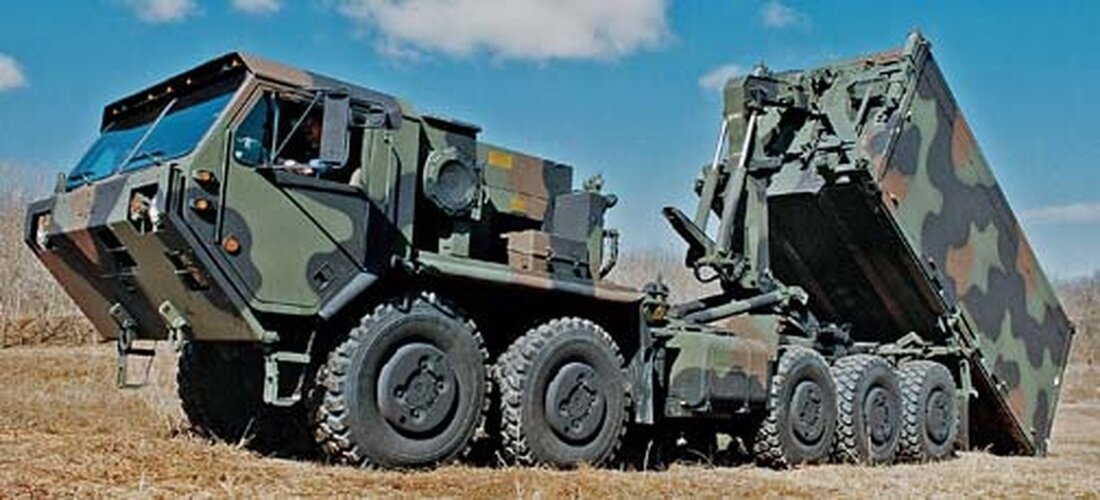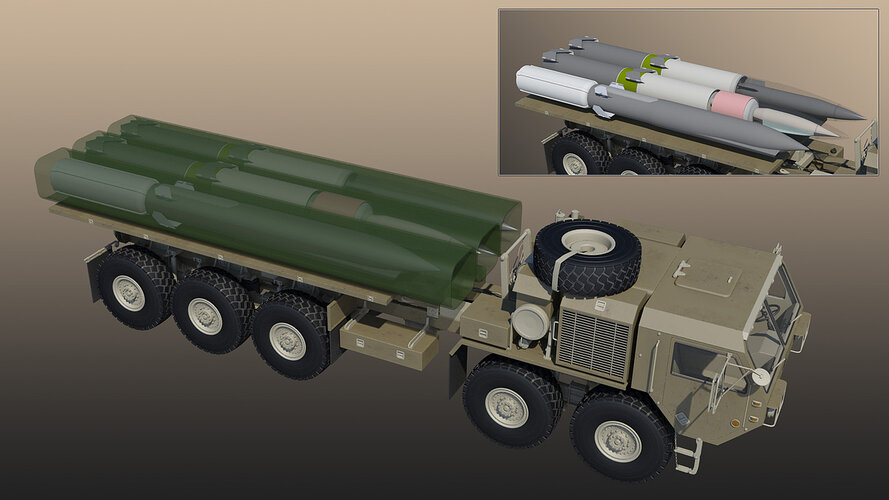- Joined
- 21 April 2009
- Messages
- 13,745
- Reaction score
- 7,666

Long-Range Conventional Precision Strike: Taiwan’s Post-Nuclear Deterrent?
Taipei has been quietly working on a conventional deterrent that lacks much of the nuclear option’s controversy.
thediplomat.com





